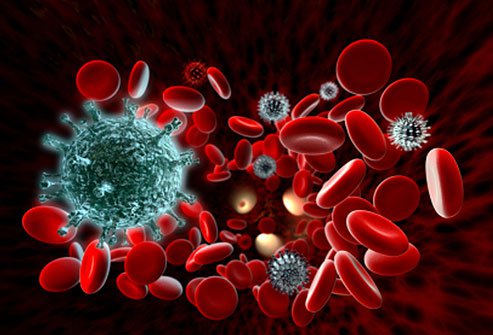An estimated 1.9 million Nigerians with majority from South-South zone of the country are living with Human Immunodeficiency Virus , HIV, according to the 2018 National HIV/AIDS Indicator and Impact Survey, NAIIS, results.
Estimates of corresponding year showed that more than three million Nigerians were living with HIV while the national HIV prevalence stood at 2.8 per cent.
Conducted by the National Agency for the Control of AIDS, NACA, Federal Ministry of Health, UNAIDS and other international partners, NAIIS has confirmed 1.4 per cent as new national HIV prevalence among Nigerian adults aged 15-49 years.
Launching the Revised National HIV and AIDS Strategic Framework 2019–2021 in Abuja last week, President Muhammadu Buhari said though there are fewer people living with HIV in the country than previously estimated, it was not time to celebrate.
“For the first time, the end of AIDS as a public health threat by 2030 is truly in sight for our country. I urge all of us not to relent but to increase the momentum. Let us work collectively and push for the last mile,” the president said.
Noting that the results of the survey came at the right time, he said it would provide the data required to plan adequately and consolidate on the past and current gains against the HIV/AIDS epidemic in the country.
Buhari said: “This is the largest population-based HIV/AIDS survey of its kind ever conducted and it has provided us with the crucial information to move forward and to act based on scientific data.
“More accurate figures show that fewer Nigerians have HIV/AIDS but we cannot celebrate yet because over one million of those infected are not on treatment.”
The outgone Minister of Health, Prof Isaac Adewole stated that “everyone infected with HIV needs to get treatment so they can achieve viral suppression, especially pregnant women. We must ensure pregnant women have access to antenatal services and are tested during every pregnancy. We know we can support HIV-positive mothers, hence ensuring the next generation is free from HIV.”
In his view, Dr. Sani Aliyu, Director-General, National Agency for the Control of AIDS, stated: “It is important that all people living with HIV get treatment and achieve viral suppression. To halt the epidemic, we need to act now.
“As a government working with our partners, we have what it takes to support people who are HIV-positive, to provide treatment, to protect their families and to help people live long and healthy lives.”
The Executive Director of UNAIDS, Michel Sidibé, welcomed the new estimates, saying that the improved understanding of the country’s HIV epidemic would allow Nigeria to better reach people living with HIV and people at higher risk of acquiring HIV.”
“I commend the Government of Nigeria and its partners for conducting this ambitious survey, which provides us with a much better understanding of the country’s HIV epidemic. “While it is fantastic news that there are fewer people living with HIV in Nigeria than previously thought, we must not let down our guard. Let us use the results of this survey to better focus our delivery of HIV prevention, treatment and care services to the people in the greatest need and ensure that Nigeria gets on track to end the AIDS epidemic by 2030.”
According to the report, women aged 15–49 years are more likely to be living with HIV than men (1.9 per cent versus 0.9 per cent).
The difference in HIV prevalence between women and men is greatest among younger adults, with young women aged 20–24 years more than three times likely to be living with HIV as young men in the same age group.
Among children aged 0–14 years, HIV prevalence is 0.2 per cent. Significant efforts have been made in recent years to stop new HIV infections among children, according to the new data.
From the new data HIV prevalence by state, the South-South zone of the country has the highest HIV prevalence, at 3.1 percent among adults aged 15–49 years.
HIV prevalence is also high in the North Central zone (2.0 percent) and in the South East zone (1.9 per cent). HIV prevalence is lower in the South West zone (1.1 per cent), the North East zone (1.1per cent) and the North West zone (0.6 per cent).
At the national level, viral suppression among people living with HIV aged 15–49 years stands at 42.3 percent (45.3 percent among women and 34.5 percent among men).
When people living with HIV are virally suppressed they remain healthy and transmission of the virus is prevented, the report noted.
The improved understanding of the country’s HIV epidemic, according to UNAIDS, will allow for more efficient investments in the response to HIV and more effective planning for the provision of HIV prevention, care and treatment services, including a focus on key populations, such as female sex workers.
It will permit the adoption of a population–location approach to deliver services to the people and areas where they are most definitely.
(Nigerian Oracle)

